Video production started in1832, when Joseph Plateau, created the first moving images in his invention called the phenakistoscope (“spindle viewer”). This was followed in 1870, John Wesley Hyatt, who developed and patented celluloid for its use as a base in photographic film.
In 1879 came another invention called the zoopraxiscope (pronounced ZOH-uh-PRACKS-uh-scohp ). This was invented by British photographer Eadweard Muybridge. It worked by showing a sequence of still photographs in rapid succession, creating the illusion of motion. The same illusion continues today. Today’s film production standards use anywhere between 15-120 frames per second to create a film. The zoopraxiscope, along with the zoetrope and the thaumatrope, could be considered forerunners of today’s display devices.
You can see an example of the work done by Zoopraxisscope below.
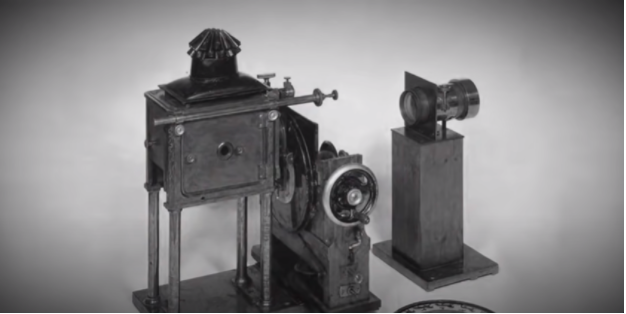
The invention of the motion camera
While these earlier attempts in video production were done using still cameras and capturing the images in close succession to create an illusion of film. The year 1891 saw Thomas Edison inventing the motion picture camera. Eventually, in 1895, the projector would be made available. Color in films appeared in short segments throughout 1902.
The oldest color Video
You can see an example of color film in the link below. This is thought to be the oldest color film. The production was done in a very laborious fashion, where each frame was hand-painted. Edward Raymond Turner made this film.
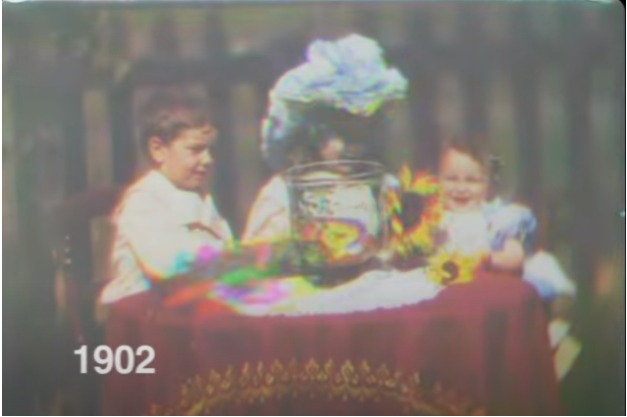
Music Videos !!
By 1927, films began to include sound. “The Jazz Singer” was the first to have audio and lip-synchronized singing and musical numbers. You can see a preview of the film at the link below.
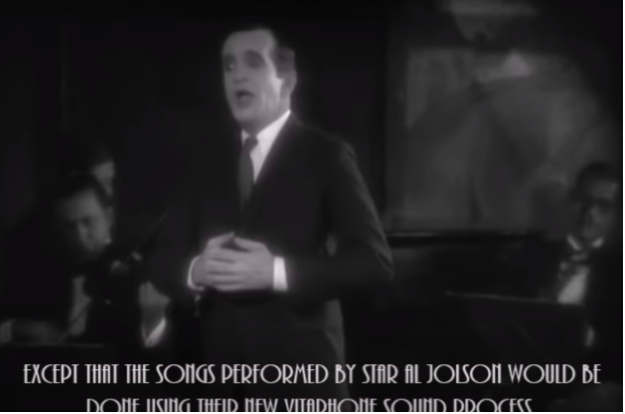
The First Portable Video Recorder
Video production got a further boost when In 1964, Sony produced the first portable video recorder. This made the task of creating videos relatively easier. Along with the advancements in camera technologies, visual recording and storage too underwent a rapid change and in 1973 videos could be stored in discs instead of in bulk rolls of film. The VHS standard came in 1976. The DVD or the digital optical disc data storage format was invented and developed in 1995 and released in late 1996.
The year 1983 saw the camcorder’s introduction, which was a combination of a camera and an attached recorder in a small portable format.
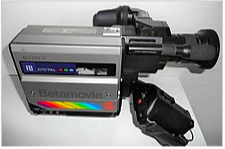
Computers and Video Production
1988 saw the introduction of computer-based editing systems, and this was a revolution for video production agencies. This enables editors to be able to work faster and apply more editing effects to the videos. The first true non-linear or computer-based editing system was the CMX 600. By the early 1990s digital editing software became available, and companies like Adobe, Avid, and Media 100 started selling editing software that could be used on high-end computers.
By the turn of the new millennium, cameras became a vastly available feature on the phones, capturing short-form videos. By 2010 with the fast progress of social media and soon mobile editing applications, video production reached a democratic status, and we started seeing a lot of user-generated videos being made and distributed. While most of such films would be of amateur quality, the sheer volume of content produced and the convenience with which it is produced has made video the most powerful traffic generator on the Internet.
History of video production in India
Most probably the oldest film made in India was not for any feature film but for a documentary. In 1888 a short film of wrestlers Pundalik Dada and Krishna Navi wrestling was shot at Bombay’s Hanging Gardens.
Harishchandra Sakharam Bhatwadekar was one of the producers and he filmed it. In fact, newsreels or news information capsules have been shot in the country for a very long time. Besides feature films, this was the most significant use of production process used by a video production company.
In India, the field of film production was pioneered by the legend Dadasaheb Phalke. Raja Harishchandra was the first Indian film to start a video production company. It started a revolution in India. This film was released in 1913 and was directed and produced by Dadasaheb Phalke. You can have a look at this classic film in the frame below.
The second stage of Indian video production company progress was set up in 1931 when “Alam Ara” was directed by Ardeshir Irani. It had audio and music, was the first Indian sound film or the first talking and singing film of Indian cinema.
Unfortunately, this film has been said to have been lost in history.
Ardeshir Irani also has one more pioneering credit to his name. He made “Kisan Kanya” in 1937, which was the first Hindi Cine color feature film made by a video production company in India.
You can see the film in the frame below.
You can see the film in the frame below.
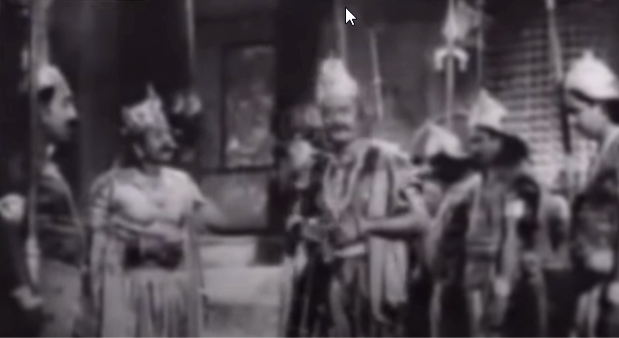
The year 1948 saw the establishment of the Films Division of India in Mumbai, India.
It was the first state film production and distribution unit. Its purpose primarily was to “produce documentaries and news magazines for publicity of Government programs”. It focused on newsreels, documentaries in 1957 started India’s first animation studio. It produced India’s first animation film “The Banyan Tree” in 1957.
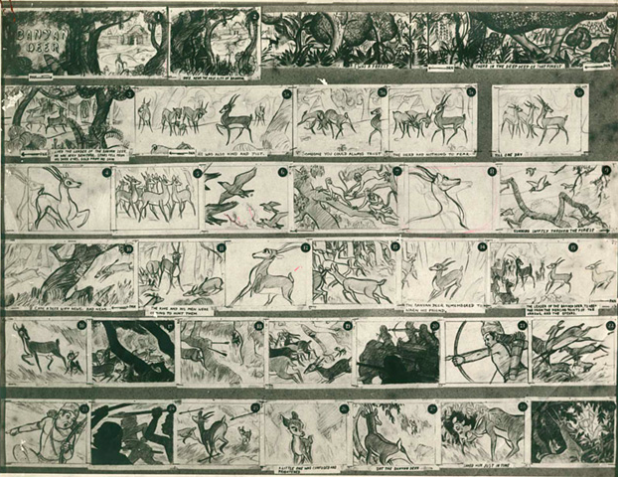
TV Broadcast starts in India
15th September 1959 saw the start of India’s first TV channel, Doordarshan.
It started broadcasting news and cultural and information-based programs. With this production techniques got refined in India. The channel had programs like Krishi Darshan, Chaupaal, Samachar, and Kalyani
On 15th August 1982, Doordarshan introduced a national telecast service.
Color TV comes to India
Color television began in India with the live telecast of the Independence Day speech by Prime Minister Indira Gandhi on 15th August of that year, followed by the color telecast of the 1982 Asian Games in Delhi.
The year 1984 saw the introduction of private production companies making television serials and adding to the channel’s entertainment value. This was an important step in the video production industry and saw the telecast of sponsored TV serials, which veteran filmmakers produced.
India’s First Sponsored TV Series
Hum Log was the first sponsored TV serial of Indian television and started airing on 7th July 1984.
India’s First Private TV Channel
Since video production is related to distribution channels ‘ availability, Zee TV’s launch on 2nd October 1992 was an important milestone. The channel was India’s first private television channel. The launch brought many changes to video production, with the style of shooting and the kind of storytelling changing to a large extent.
Soon there were a lot of other Indian television channels and this led to a huge increase in the number of production houses and agencies. This also had a spin-off effect on production companies that created television ads and their numbers skyrocketed.
eVideo Production and OTT Platforms
Another important date in India for production and consumption story came when India’s first OTT service, BigFlix, was launched in 2008 by Reliance Entertainment.
But the OTT sector really warmed up with the launch of Hotstar on 11th February 2015. Soon Amazon Prime and Netflix made their entry in India in 2016.
The entire visual production Industry in India has undergone a sea change. With OTT platforms spending huge sums of money and user-generated content rising day by day, production and the entertainment industry are in for a rocking time.
With the advent of such platforms on the internet search engine optimization, social media marketing, and digital marketing also became an integral part of the marketing and distribution strategy.


